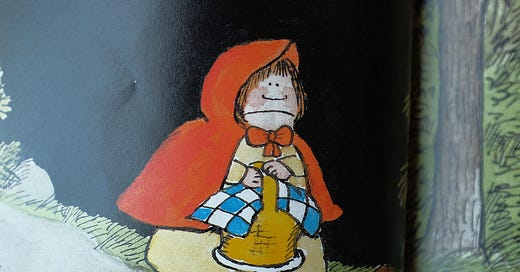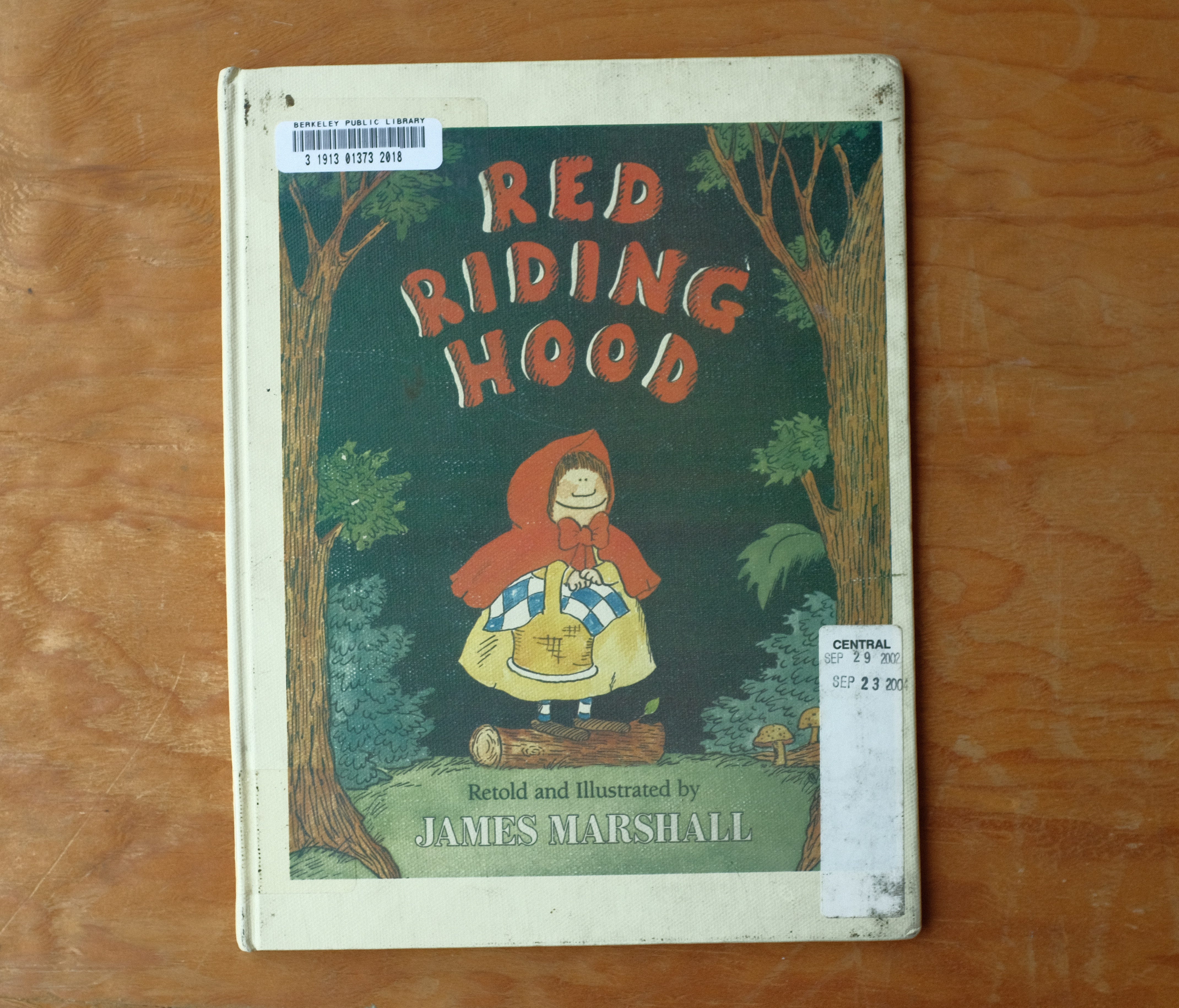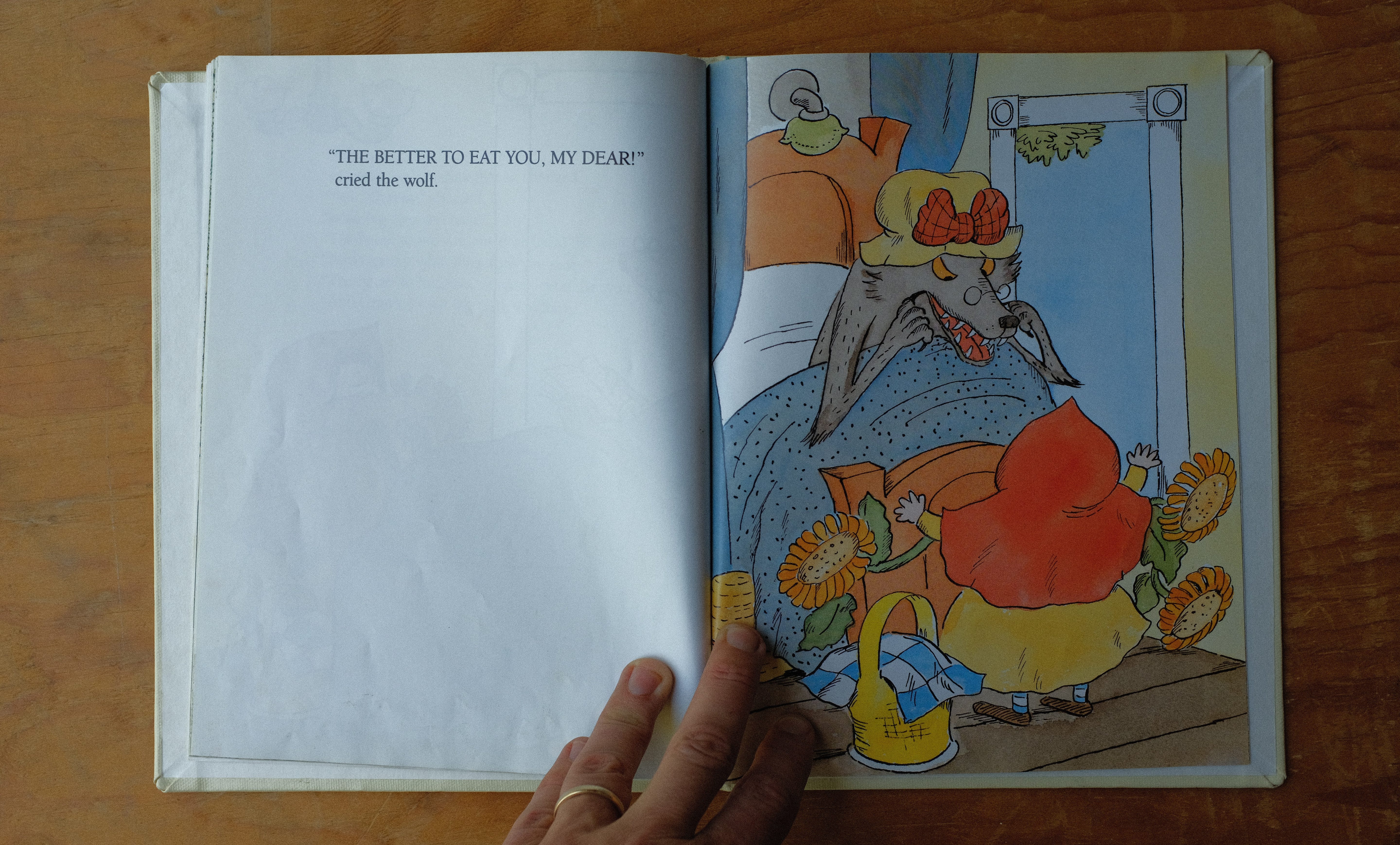Our past recommendations, including Picture Books about Death and Board Books, are here.
You know, Mac and Jon did a fairy tale picture book together, in case that’s interesting to you.
Tote bags and posters are available at the Looking at Picture Books Shop.
Jon and Mac Recommend Six Fairy Tale Picture Books
Fairy tales have long been told to kids (although, especially at first, not only to kids), so in some ways they’re natural source material for picture books. But the most famous fairy tales were collected and printed before the invention of the picture book. Often, as with the first edition of the Grimms’ Children's and Household Tales, these early versions had no illustrations at all. Because these “original” versions of fairy tales were straight prose, when picture books hew too closely to the source material, they can feel leaden and text-heavy, lacking the fluid interplay between words and pictures. And so in order to succeed, even the most “faithful” picture book retellings entail significant feats of adaptation. The best fairy tale picture books revivify the stories: their texts draw power from the tales’ origins in the oral tradition, with new energy provided by the illustration. In other words, they’re a joy to share out loud.
—MAC
Red Riding Hood, Retold and Illustrated by James Marshall
Marshall is a crowd-pleaser with precise comic timing, a careful craftsman with a flair for outrageous asides — all of which make him well suited for telling fairy tales. He would have been the king of the campfire. James Marshall is such a funny person that when you read his books out loud you become a funny person, even if you are not normally a funny person. His fairy tales are probably my favorite picture book versions, and Red Riding Hood may be his best. I don’t know, read ‘em all!
Marshall handles the climax especially well. The original story has that incredible buildup — “Why granny, what big eyes you have…” — and Marshall perfectly paces out his page turns. The Big Reveal is so well done:
The next spread is Marshall doing it the way only he can. (Look at those French after-dinner mints!) The wolf, belly distended, takes a victory lap — “‘I’m so wicked,’ he said. ‘So wicked.’” — and falls asleep. Meanwhile, out the window, a hunter is walking down by granny’s picket fence with a HUGE gun. I’m laughing looking at it right now.
I especially admire the way Marshall handles the story’s grisliest bit, a lesson in what you write and what you (don’t) draw: “And so the brave hunter jumped in the window, killed the sleeping wolf, and cut him open.” The picture shows the happy reunion, with Red Riding Hood looking at the dead wolf, who is, except for his feet, out frame. It’s matter of fact, but not gratuitous. Reminds me of the ending to his Hansel and Gretel: “The horrid witch roasted to a regular crisp.” (You really should read ‘em all!) —MAC








